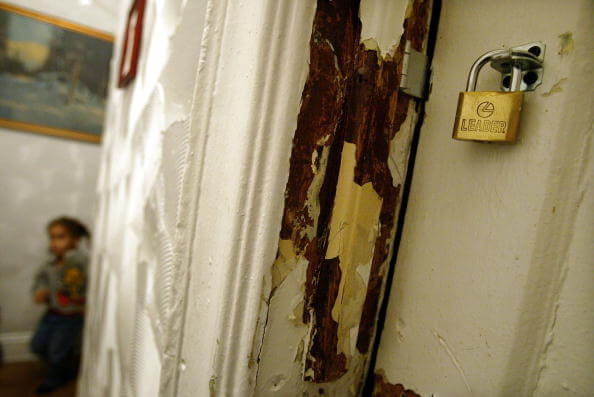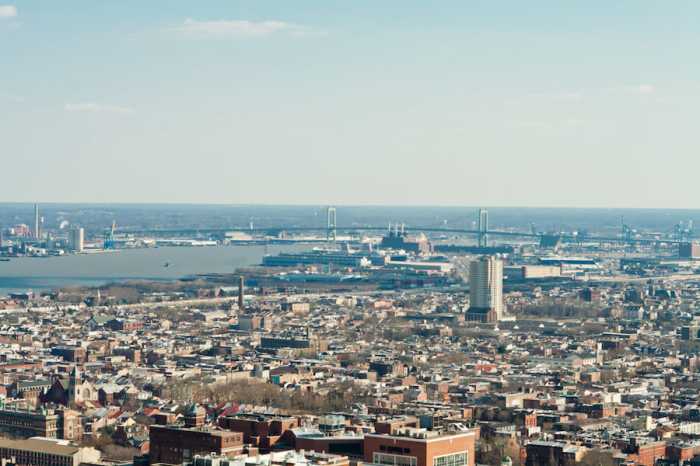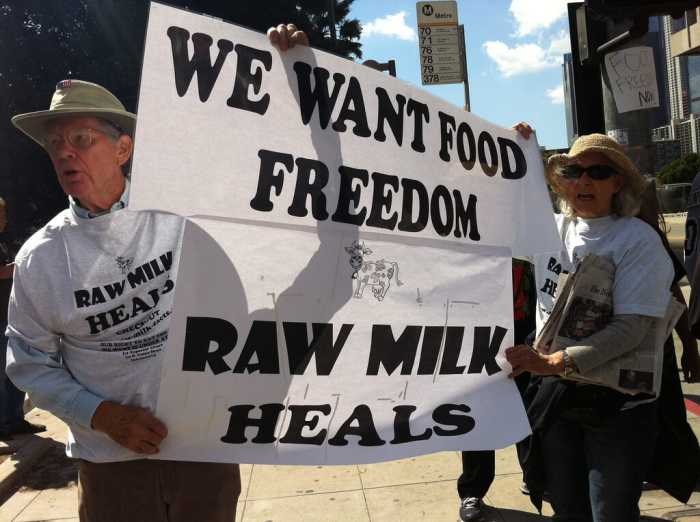Six Philadelphia hospitals are included in a list of institutions with the highest markups in the industry, according to a new report on hospital price-goughing from researchers at the Johns Hopkins University BloombergSchool of Public Health. The researchers compared the rate paid by Medicare to hospitals’ official price lists. They found that the top 50 hospitals charged more than 10 times what it cost to provide those services. Typical hospitals charged roughly three times the cost. The Philly-area hospitals that made the list wereChestnut Hill Hospital, Crozer Chester Medical Center, Brandywine Hospital, Hahnemann University Hospital, Phoenixville Hospital and Pottstown Memorial Medical Center. The authors cautioned that an extremely small percentage of patients actually pay the rates that are on the official price list — which is called a charge master in healthcare jargon.
Lost in the much of the reporting on these outlandish charges is the answer to a simple question. So why do hospitals have price lists with such outlandish charges?
For answers, Metro turned to Erin Fuse Brown, a law professor at Georgia State University who specializes in health care law.
Fuse Brown says that hospitals increase their charges to bolster their negotiation power with insurers, who have to come to agreement on a discount price. The higher the starting point of the negotiation, the more an insurer will likely end up paying, says Fuse Brown. But a high charge master also helps induce health insurers to negotiate with more expensive hospitals, because health insurers that do not have a contract with the hospital are usually charged the full rate. While many insurers do not pay the full amount for out-of-network care, the hospital may also be able to charge the patient for the balance. “The reasons hospitals can do this is there’s no legal limit,” Fuse Brown said.
Some companies do pay full price. Workman’s compensation and car insurance companies typically don’t have contracts with the hospital.
The number of people paying full price is “probably vanishingly small,” Fuse Brown said. “You’re basically waiting for a foreign person who is truly wealthy.”
People without insurance are also charged the full price. They rarely have the money to pay those rates, which leads to another reason for the high official prices – showing off a hospital’s charity. For years, hospitals were able to use the inflated prices to calculate the amount of charity care they provide. Using the high starting points allowed the hospitals to appear to be providing more charity care than they did, which is important because those rates helped non-profit hospitals maintain tax exempt status. Since 2008, the IRS rules were changed so that hospitals must instead use the actual cost of providing services when calculating charity care. That historical rationale may have contributed high official prices, and because costs rarely go down, they continue to play a role in price schemes.
Six Philly hospitals have some of the highest markups in the country





























